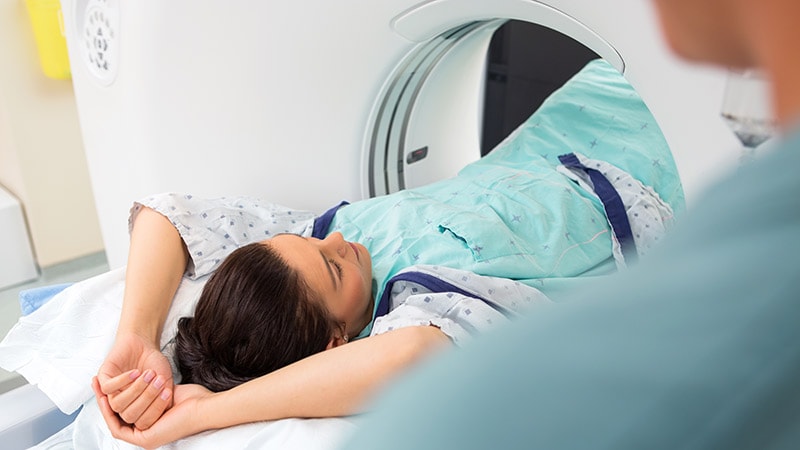Automated CT Scans Reveal Hidden Diabetes Risks: A Large-Scale Study
This study evaluated the use of fully automated CT markers to predict the prevalence and incidence of type 2 diabetes (T2D) and related cardiometabolic comorbidities in a large cohort of Korean adults. The key findings are:
-
At baseline, the visceral fat index derived from CT scans was a better measure of prevalent diabetes in both men and women compared to body mass index.
-
Over a median follow-up of 7.3 years, the combination of visceral fat, muscle area indices, liver fat fraction, and aortic calcification derived from CT scans predicted incident diabetes with high accuracy, especially in women.
-
The automated CT-derived markers also effectively identified other cardiometabolic conditions like fatty liver, metabolic syndrome, coronary artery calcium, sarcopenia, and osteoporosis.
The study highlights the potential of repurposing routine CT scan data to efficiently and safely assess cardiometabolic risks, reducing the need for additional radiation exposure and targeted assessments. However, the authors caution about the clinical applicability of these findings and the need for further validation in broader populations.
客製化摘要
使用 AI 重寫
產生引用格式
翻譯原文
翻譯成其他語言
產生心智圖
從原文內容
前往原文
www.medscape.com
Repurposed CT Scan Data Can Reveal Hidden Diabetes Risks
從以下內容提煉的關鍵洞見
by Edited Shrab... 於 www.medscape.com 08-20-2024
https://www.medscape.com/viewarticle/repurposed-ct-scan-data-can-reveal-hidden-diabetes-risks-2024a1000f8w
深入探究
